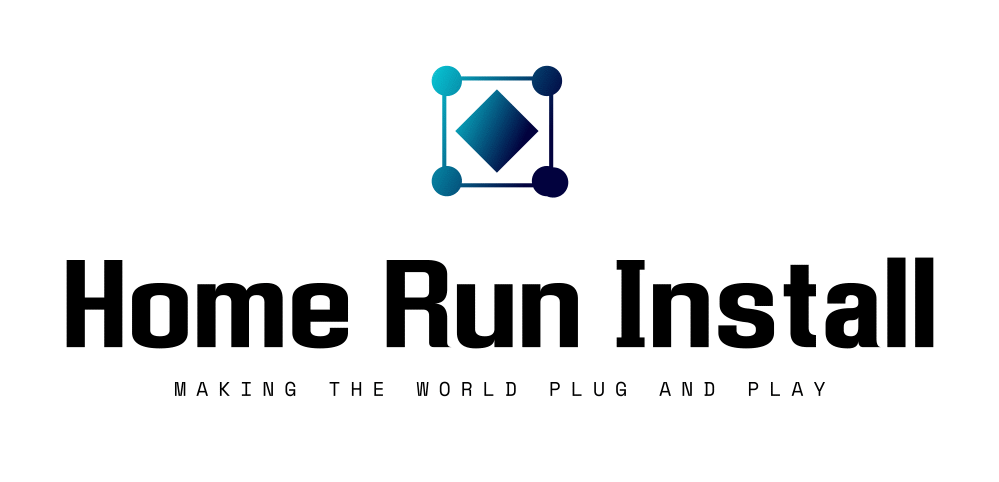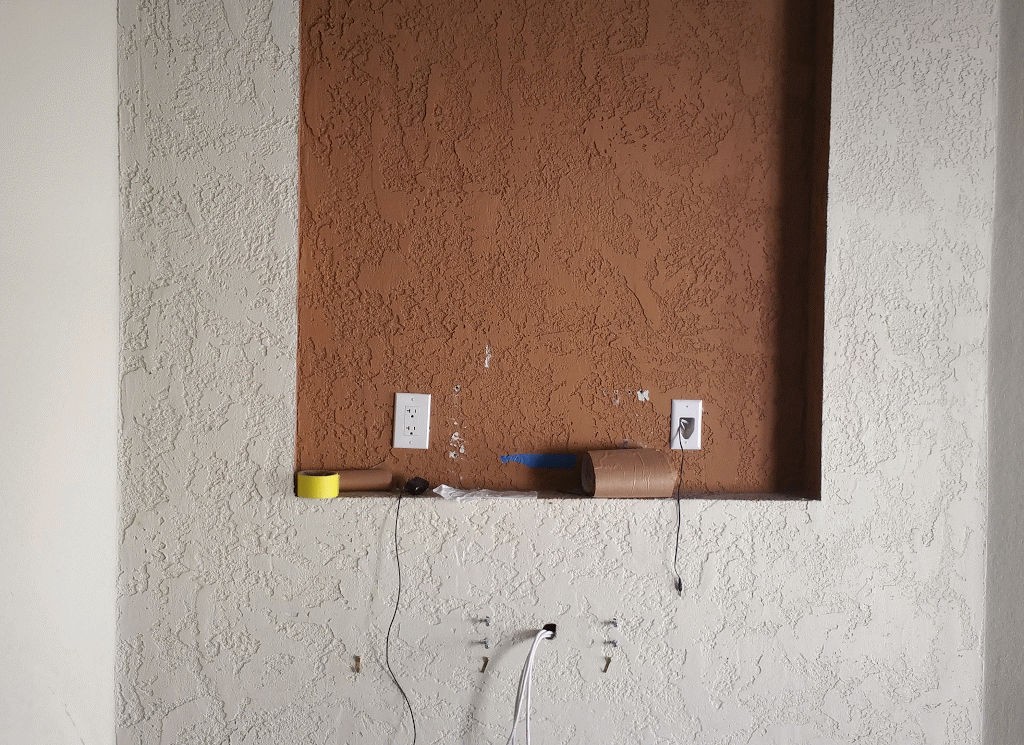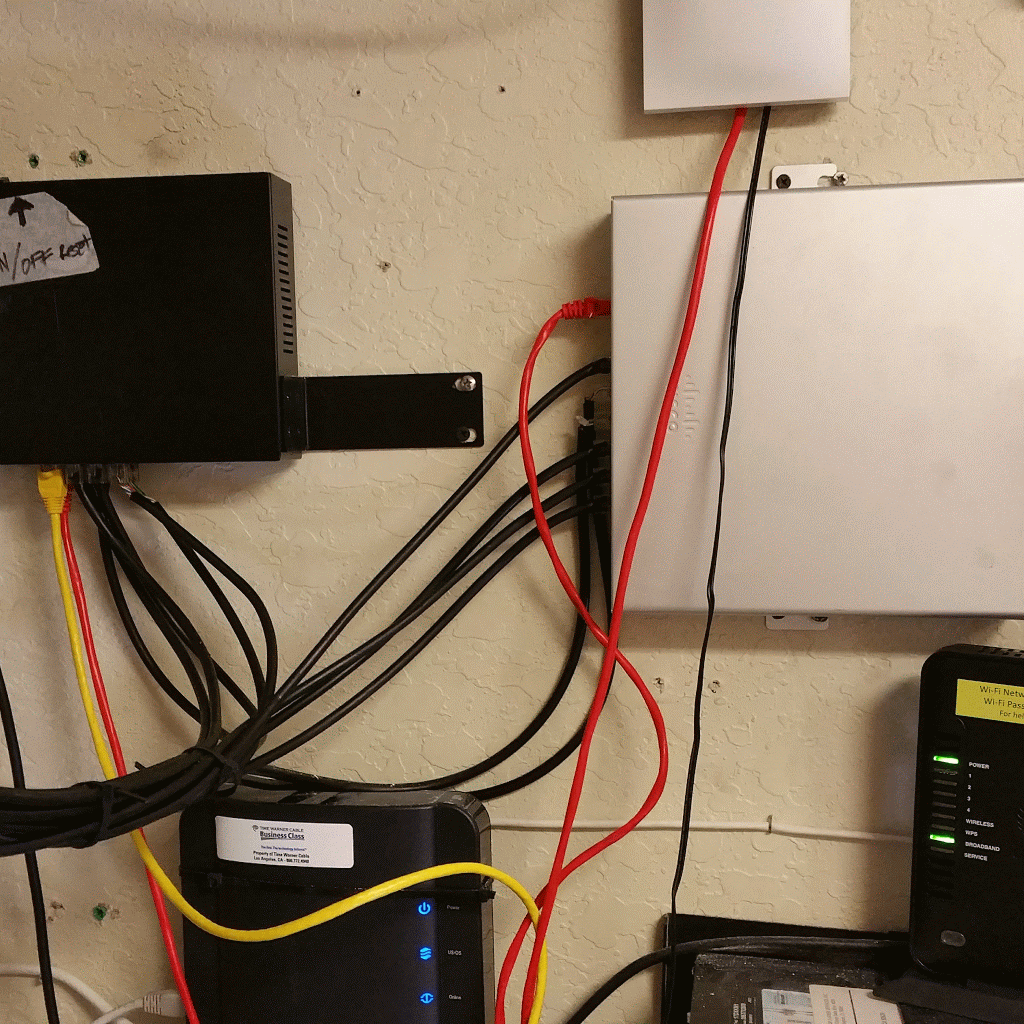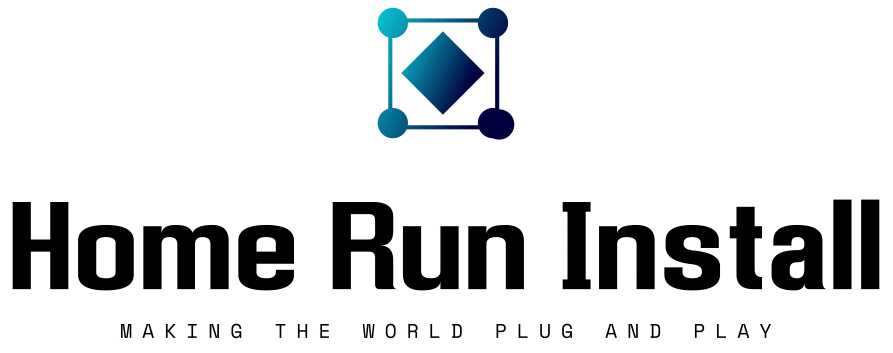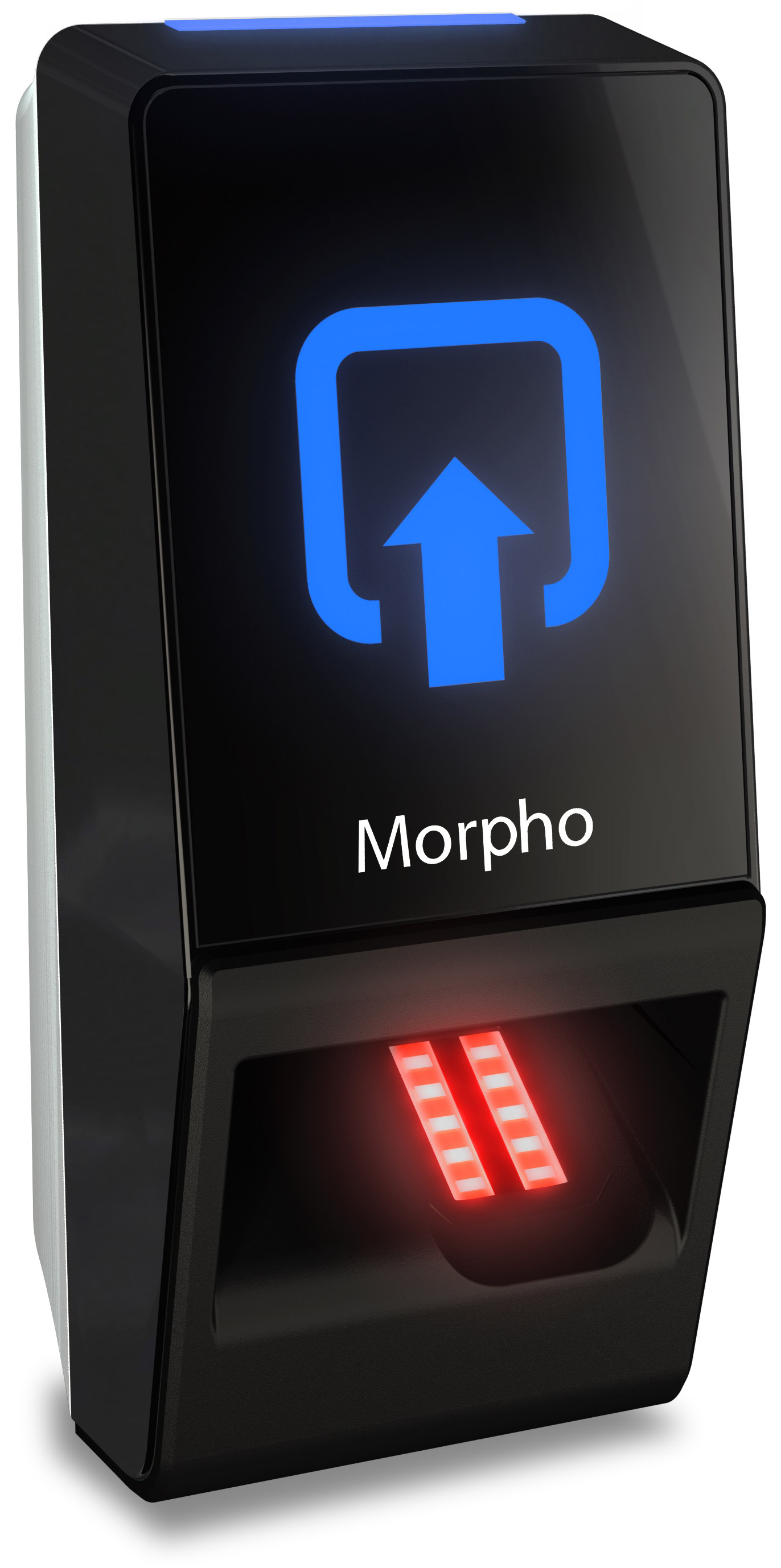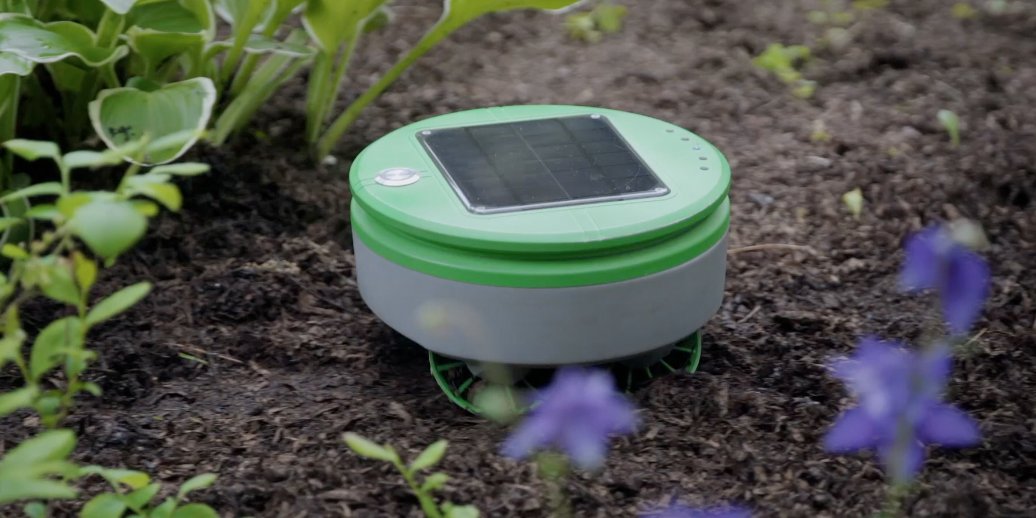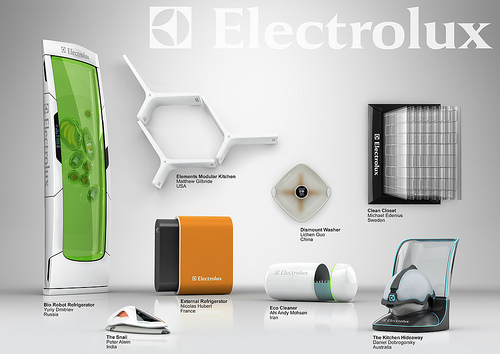Installing Biometric Scanner for PCI Compliance
MorphoAccess SIGMA Lite Biometric Scanner.

Mount Scanner Hardware and locking solenoid to IT cabinet.

Cross connect Bio-Scanner Relay leads to solenoid lock. Use separate 12VDC or 24VDC power supply to drive solenoid lock.


Connect PoE/data source to bio-scanner.

Configure Bio-Scanner with Morpho Manager software.

Setup test user for finger print scanner test.


If the scanner does not engage solenoid lock, check the following:

Move over Rosie, the world’s first fully-automated and intelligent cooking robot is here!
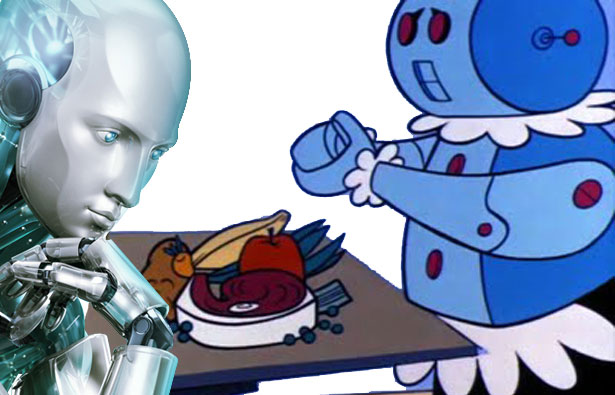
Moley Robotics has created the world’s first fully-automated and intelligent cooking robot. It learns recipes, cooks them and clears up after itself! It can mimic the actions of a master chef precisely, bringing a variety of delicious dishes, cooked to world-class standards to the domestic kitchen and other food preparation areas. The system comprises a full suite of appliances, cabinetry, safety features, computing and robotics.
Moley is turning the dream of unlimited access to chefs and their recipes worldwide into reality, with the option of the robot creating their dishes for you; producing meals from around the world or even cooking your own recipes and sharing them with others all in your own home.
Over the past two years Moley has been focused on technology development, harnessing and coordinating the global resources. A philosophy is concentrated on the resources on the design research and build activity means the organization will have unconventional, stripped down, technology bias to it just a team run by Mark Oleynik supported by a committed team of the most advanced robotics companies, industrial designers, kitchen manufacturers and others.
The inventor of the Roomba has created a weed-slashing robot – Business Insider
“Tertill” can weed your garden for you so you won’t have to get on your hands and knees.
Source: The inventor of the Roomba has created a weed-slashing robot – Business Insider
Selling Smart Home Tech: How to Overcome the Biggest Obstacles to Mass Market Adoption – Dealerscope.com
Smart home technology has been a bit of a tough sell for mainstream retailers lately, especially brick-and-mortar stores. The main reason? The early-adopter audience is already onboard, but the tech hasn’t quite yet been able to span the “chasm” of technology adoption into the mass-market.Figuring out how to make smart home approachable for consumers is the key to mass market adoption. Devices like Amazon’s Alexa and Google Home have helped to open the door, but attracting mass market consumers to the technology isn’t going to work–we MUST bring the tech to consumers by incorporating it into something that’s already familiar. Products like the Minion Cam and the Stuart Cam are great examples of how this works: they’re cute, friendly and familiar characters with simple, straightforward setup and navigation.In reality, the best smart home tech is one that virtually disappears into the background. Products that require behavioral change, demanding consumers do something new or in a new way, are simply asking too much. They want ease, simplicity and automation that works almost like magic. The more we can minimize the burden of change, the better.To that end, retailers must address these four common consumer concerns around smart home tech on the sales floor:Complexity. Brands need to provide products that are easy to use, and retailers must focus their messaging on this ease and simplicity. For most mainstream consumers, configuring multiple features may be overwhelming. Another concern is complicated setup and installation. IoT and smart devices are still somewhat intimidating, and the lead message should cover how easy the device is to operate directly out of the box.Value. The leading smart home products are priced in the premium range, and consumers can sometimes associate price with quality–the $200 product is surely more reliable than the $50 product. As the cost comes down, consumers are becoming more concerned about quality. For mass market, the sweet spot on pricing seems to be under $100. With the big name brands all above that, consumers question the quality of the lesser-known brands that fall below it. For retailers, helping consumers to understand the balance between technology and value is key. Namely: just as with every other technology, thanks to economies of scale, mid-tier brands are now able to offer affordable products using the same technology as the higher-priced brands.Security. Horror stories about baby monitors being hacked and web cam voyeurism have consumers a little on edge about the security of Wi-Fi based smart home products. Consumers expect that “someone” is taking care of this problem, but the truth is there is no certification, no governing body that requires security protocols to prevent intrusion. That’s why it is critical retailers choose manufacturers who take security seriously and who build products that adhere to enterprise-grade standards with security designed-in from the beginning, rather than as an afterthought.Integration. One of the biggest obstacles with smart home tech is the fact that so many products are stand-alone, each with their own operating system, mobile app, security, etc. For retailers, offering integrated, compatible products is key to gaining a competitive advantage. Products developed in partnership between hardware and software vendors ensure greater stability, reliability, compatibility and security. For retailers, curating an integrated product line will help to assuage consumers’ concerns over complexity.Getting smart home technology to bridge the chasm from early adopters to mass market consumers will require a joint effort between manufacturers and retailers. By collaborating on development, design, value and messaging, the industry can overcome these obstacles to finally take smart home mainstream.
Source: Selling Smart Home Tech: How to Overcome the Biggest Obstacles to Mass Market Adoption – Dealerscope
6 easy, affordable smart home features that could help you sell your house faster – remaxrunner
6 easy, affordable smart home features that could help you sell your house faster…RE/MAX 17 February 2017 Fresh paint on the walls, professional staging and an asking price that ends in 999 — when you’re selling your home, you’ll do whatever you can to help it stand out and sell faster. Because the National Association of Realtors is predicting modest growth for the 2017 real estate market, as a seller you want every edge you can get. And on the heels of the popular Consumer Electronics Show in January, perhaps that edge is a smarter home.”Smart home features are designed to make homes more convenient, appealing, secure and energy-efficient — all of which are bonuses when you’re trying to sell a house,” says Geoff Lewis, president of RE/MAX, LLC. “Sellers who want to move their homes faster may benefit from adding smart features that make their properties more appealing to tech-minded buyers.”According to IHS Markit and CNBC, 80 million smart home devices were delivered worldwide last year. That’s a 64 percent increase from 2015.Here are six trending smart home features that might catch buyers’ attention and help sell your home faster:Keyless/remote entry door locks. Have you ever left the house and worried that you left the front door unlocked? If your home is equipped with a keyless/remote entry door lock — available from multiple manufacturers — you can use an app on your smartphone to lock the door from wherever you are. Some manufacturers make versions that will also send a text or email to your phone when the door opens. Locks that can be programmed with multiple entry codes also allow you to see who comes and goes and when.Smart lighting. From lighting automation that allows you to control lights remotely and wirelessly, to energy-efficient LED bulbs that can change color to match your mood and decor, lighting has come a long way. Some smart lights work in tandem with home automation systems to allow you to turn them on or off, or even dim them, from an app on a smartphone or tablet. Others require no communication hub and can be controlled directly from your mobile device. You can also put some smart bulbs on timers (using your wireless device), sync them with certain TV shows or movies, and integrate them with security cameras and thermostats.DIY security systems. Don’t want to sign a contract or deal with complex security systems? Install-it-yourself security systems are affordable and offer security features like cameras, sensors, motion detectors and alarms or sirens, without the need for a security service to monitor them.Smart appliances. The Internet of Things (IoT) — everyday objects that have network connectivity — includes a growing list of smart appliances. Many manufacturers are offering washers, dryers, refrigerators and other home appliances that can communicate with you — and each other — wirelessly. Many can be controlled remotely from your smartphone — so if you leave the house and can’t remember if you turned off the stove, you can check in and turn it off using your smartphone app.While appliances aren’t always included in a home sale, they do make for interesting features that keep your home top of mind to buyers.Smart plugs. One of the easiest, most affordable smart home upgrades you can make is to add smart plugs to your home. These Wi-Fi-enabled plugs fit existing outlets and can be controlled from a smartphone app. Plug anything into a smart plug, like lights or a television, and you can turn it on or off remotely, track energy consumption, or even create an on-off schedule.Temperature controls. Programmable thermostats were just the beginning; today’s home temperature controls are even smarter. Like other smart home features, smart thermostats can be controlled remotely from your mobile device. You can program them to make automatic temperature adjustments and then use your smartphone to override the program like turning up the heat on a particularly cold day. Some smart thermostats learn from household behavior and adjust the temperature to meet your family’s needs and save energy, while others adjust based on the number of people in a room. And several can now be operated via voice-controlled virtual assistants.”Many of these smart home features are surprisingly easy and affordable to install,” Lewis says. “Sellers who are open to the idea of investing a little money to possibly help get a speedier sale, may want to consider adding the smart features buyers will be looking for in 2017.”If you’re thinking of selling your home, find more helpful information at www.remax.com.
Source: 6 easy, affordable smart home features that could help you sell your house faster – remaxrunner
Experience Connected Home Technology Like Never Before at “Target Open House”
Target Open House – part retail space, part lab, part meeting venue for the connected home tech community – opens to the public in San Francisco’s Metreon shopping center. This 3,500 square-foot ode to IoT features a transparent, acrylic “house” complete with acrylic furniture and detailing that makes the house feel right at home among San Francisco’s “Painted Ladies.” But the house isn’t just for show. In its rooms, guests will experience vignettes that demonstrate in unprecedented ways how multiple connected devices can work together to create real-life solutions.
Source:
- https://corporate.target.com/article/2015/07/open-house-connected-home
- https://openhouse.target.com/products
Solar paint offers endless energy from water vapour – RMIT University
Researchers have developed a solar paint that can absorb water vapour and split it to generate hydrogen – the cleanest source of energy.
The paint contains a newly developed compound that acts like silica gel, which is used in sachets to absorb moisture and keep food, medicines and electronics fresh and dry.
But unlike silica gel, the new material, synthetic molybdenum-sulphide, also acts as a semi-conductor and catalyses the splitting of water atoms into hydrogen and oxygen.
RMIT lead researcher Dr Torben Daeneke said: “We found that mixing the compound with titanium oxide particles leads to a sunlight-absorbing paint that produces hydrogen fuel from solar energy and moist air.
“Titanium oxide is the white pigment that is already commonly used in wall paint, meaning that the simple addition of the new material can convert a brick wall into energy harvesting and fuel production real estate.
“Our new development has a big range of advantages,” he said. “There’s no need for clean or filtered water to feed the system. Any place that has water vapour in the air, even remote areas far from water, can produce fuel.”
His colleague, Distinguished Professor Kourosh Kalantar-zadeh, said hydrogen was the cleanest source of energy and could be used in fuel cells as well as conventional combustion engines as an alternative to fossil fuels.
“This system can also be used in very dry but hot climates near oceans. The sea water is evaporated by the hot sunlight and the vapour can then be absorbed to produce fuel.
“This is an extraordinary concept – making fuel from the sun and water vapour in the air.”
The research has been published as “Surface Water Dependent Properties of Sulfur Rich Molybdenum Sulphides – Electrolyte Less Gas Phase Water Splitting” in ACS Nano, a journal of the American Chemical Society.
Source: Solar paint offers endless energy from water vapour – RMIT University
See Through Solid Objects With Your Smart Phone.
New To Market, Handheld 3D Imaging System For Your Smart Phone.
Vayyar Announces Walabot, a Handheld 3D Imaging System for Consumers, Developers and Curious Inventors Everywhere.
Available in April 2016 for Android devices, Walabot sees beyond the limits of human vision
TEL AVIV and SAN FRANCISCO, February 18, 2016 —
Vayyar Imaging (http://vayyar.com), the 3D-imaging sensor company whose technology makes it possible to see through objects, liquids and materials, announced today the launch of Walabot, a consumer version of its 3D imaging system. Walabot’s powerful sensor technology can look through walls to detect structural foundations, track a person’s location and vital signs as they move through a Smart Home, measure the speed of a fast-
moving ball, and help drones and cars avoid collisions. Available on Android devices in April 2016, Walabot’s programmable sensors open up a world of possibilities for curious inventors and developers everywhere.
“Walabot instantly turns a smartphone into a powerful 3D-imaging system at your fingertips. Our advanced technology lets people see all kinds of things hidden in the world around them, adding yet another dimension to the way people use smart devices today,” said Raviv Melamed, CEO and co-
founder, Vayyar Imaging. “Walabot makes highly sophisticated imaging technology approachable, affordable and usable for everyone. It can help the blind avoid obstacles, sense – and alert you – if your mother or father has fallen in the shower, help your robot become autonomous, and much more. We can’t wait to see what other kinds of applications makers and curious inventors around the world willcreate for Walabot.”
Walabot API
Walabot will be pre-installed with Vayyar-created apps at launch. Additionally, the Walabot API will also be made available to the public in April 2016, giving makers and inventors around the world the opportunity to develop content that takes advantage of Walabot’s truly unique 3D imaging sensor technology. Not only can Walabot users play with existing apps, but they can also create their own or access apps available within the Walabot community. Walabot’s technology is simple and intuitive, so people with any level of experience can use it to enjoy and better the world around them. Walabot will range in price from $149USD to $599USD.
——————————————————————————————————————
About Vayyar
Vayyar Imaging (http://vayyar.com) is changing the imaging and sensing market with its breakthrough 3D imaging technology. Vayyar’s exclusive sensors quickly and easily look into objects, analyze the makeup of materials & track changes and movements – bringing highly sophisticated imaging capabilities to your fingertips. Our goal is to help people worldwide improve their health, safety, and quality of life using mobile, low-cost, and safe 3D imaging sensors. Located in Israel, Vayyar Imaging is a privately held company backed by Walden Riverwood, Battery Ventures, Bessemer Venture Partners, Israel Cleantech Ventures (ICV) and Amiti Ventures.
Follow
@VayyarInc and @Walabot on Twitter, like us on Facebook, or learn more at http://vayyar.com.
All trademarks contained herein are the property of their respective owners.
Media Contacts:
Amanda Taggart-Hughes Mindy M. Hull
Mercury Global Partners for Vayyar Mercury Global Partners for Vayyar
+1 310 980 9587 +1 415 889 9977
amanda@mercuryglobalpartners.com mindy@mercuryglobalpartners.com
Twitter: @MercuryGlobal Twitter: @mmhull
Smart Home Tech-Electrolux Design Lab- Winners 2004 to 2015
Below you will find a digested timeline of Electrolux Design Lab Competitions. Established in 2003, Electrolux Design Lab is a global design competition open to undergraduate and graduate design students who are invited to present innovative ideas for future households. Each year Electrolux challenges design students all over the world. The challenge is to create a concept that is relevant to the time and raises questions about what design will be like in the future. In previous years, concepts have been requested for healthy eating, sustainable living, the internet generation and ever-shrinking city spaces for example. In response, young students have submitted designs such as Flatshare, a stackable refrigerator for roommates, Cocoon, a meat and fish maker, and Snail, a portable induction heating concept.
The brief for 2015 calls for innovative ideas for Healthy Happy Kids under three focus areas; Cooking, Fabric Care and Air Purifying.
Electrolux Design Lab 2015 -Winner
https://youtu.be/opsXv_94hvY
Electrolux Design Lab 2014-Winner
https://youtu.be/3vJYGoSW_jk
Electrolux Design Lab 2013-Winner
https://youtu.be/a3j4y6uJQmg
Electrolux Design Lab 2012-Winner
https://youtu.be/VUSJNYQ4Uj0
Electrolux Design Lab 2011-Finalists
https://www.youtube.com/watch?v=dP8AHsgPNQQ
Portable Spot Cleaner wins Electrolux Design Lab 2011
https://youtu.be/OyH9kT_9CSo
Adrian Mankovecký from the Academy of Fine Arts and Design Bratislava in Slovakia is the winner of the Electrolux Design Lab 2011 competition. His Portable Spot Cleaner surpassed a field of 1,300 entries from over 50 countries.
A jury of award winning architects and designers selected the Electrolux Design Lab winner from eight finalists. The final took place at the Room Home Intelligence Conference London on September 7.
Portable Spot Cleaner
The Portable Spot Cleaner has two components. The user separates them, place on either side of the garment and choose the suitable cleaning program. Negative Ions and steam refresh clothing and remove stains. The cleaner is powered with a sugar crystal battery, and can be used practically anywhere in the world.
The jury was impressed by the Portable spot cleaner’s creative and insightful thinking. From the jury motivation: ”The Portable spot cleaner is built on a very solid consumer insight and it is highly relevant. It is an instant laundry device that has a positive impact on the environment by reducing consumption. Its usage and interaction are very intuitive. We all want one.”
Electrolux Design Lab 2010
Electrolux Design Lab 2010-Wins with “The Snail”
Peter Alwin from National Institute of Design in India is the winner of the Electrolux Design Lab 2010 competition for inventing The Snail, the Micro Induction Heating and cooking device.
Electrolux Design Lab 2009
Cocoon wins Electrolux Design Lab 2009

Rickard Hederstierna from Lund Institute of Technology in Sweden is the winner of the Electrolux Design Lab 2009 competition for inventing the Cocoon, the meat and fish maker. The winner was announced at finals in London on September 24, at 100% Design London, the UK’s leading architecture and design event.
“Cocoon” is a sustainable response to the world’s growing population and its desire to consume meat and fish. Similar to heating popcorn in a microwave, Cocoon prepares pre-packaged meat and fish dishes by heating muscle cells identified by radio frequency identification (RFID) signals. The signals detect the specific dish and then suggest the required cooking time. This process uses science to create food, lifting a burden on the planet by reducing the need for further intensive farming and fishing.
Electrolux Design Lab 2008
WINNERS!
Electrolux Design Lab 2007
Electrolux Design Lab 2007: Winner

Congratulations Levente Szabo, A Hungarian design student, who took home the top prize from the Electrolux Design lab 2007 competition with E-wash, a compact washing washing machine that uses soap nuts instead of detergent. The announcement happened in Paris, where all the finalists had gathered to compare and celebrate their designs.
Electrolux Design Lab 2006
healthy eating habits
Design students from around the world created inspiring household appliance solutions for food preservation and storage that promote healthier eating habits for 2016.

- The first-place winner was “Nevale” (above on the left), a food carrier designed in layers to allow consumers to store and carry up to four hot/cold meals. Food is maintained through a vacuum system, so soup can be on the menu, and it can be programmed to launch an automated reheating system at a specific time.
- Second place went to “Organic Cook” (center), an appliance that offers oil-free frying, grilling and boiling using infrared technology and vacuum cooking.
- “Vessto” (right), the third-place winner, uses renewable energy as a power source through a version of a Stirling Engine. The concept uses heat from the stove to expand and contract small quantities of gas inside the appliance, which powers the product.

- Fit-Snack-Joy (left) is a clever tabletop appliance that turns raw fruits and vegetables into cookies. It cleans, chops, bakes, seasons and molds fresh foods into fun, cookie-shaped snack, and even includes nutritional information on a variety of fruits and vegetables, so users can more easily find good combinations for healthy eating.
- “Hydrosphere” (center) is a small hydroponic greenhouse for growing fresh herbs and salads. A grow lamp is positioned in the middle bottom of a clear glass globe, enabling herbs and small fruits to grow around it, and it’s all powered by a solar panel.
- If the tabletop variety is too small, there’s “Vege” (right), an appliance that grows hydroponic vegetables in your kitchen, all year round, and it’s designed to hold up to 40 plants.
Source: https://www.treehugger.com/sustainable-product-design/electrolux-design-lab-2006-winners-finalists.html
Electrolux Design Lab 2005
Award goes to students from Singapore


(ELUX) Electrolux today presented its third Design Lab Award to Airwash, a waterless washing unit. Students from leading schools of design in over 88 countries participated in the competition. Entries were received by more than 3,000 students in all continents, all competing to create the most outstanding new appliance concept for the home of 2020.
The winner, Airwash, is a waterless washing unit that utilizes negative ions, compressed air and deodorants to clean clothes. Its form is inspired by the waterfall, nature’s negative ion generator. Airwash eliminates the need for detergent and water. By using atmospheric air and negative ions – a natural cleansing agent – it fights dirt and bacteria with nature’s own weapon. It is designed to be placed anywhere in the home, not only in the laundry area. The simple user interface “floats” to wherever on the appliance the user wants.
Electrolux Design Lab 2004

Students from the University of New South Wales, Australia won the top prize for Appliance of the Future at the Electrolux Design Laboratory 2004 competition in New York.
The winning concept is the Rockpool dishwasher. It is a unique dishwasher that combines a highly sophisticated waterless cleaning technology with a simple user interface. Rockpool employs a cleaning process, which uses carbon dioxide in supercritical fluid form to dissolve grease and oils to remove particles. The carbon dioxide is returned to storage for reuse once the oils have been separated out into the waste management system. Water and chemicals are not used, thereby reducing strain on the environment.
Source: http://www.appliancedesign.com/articles/89179-australian-students-win-electrolux-design-lab-2004
Home Run Pro.com
THE MISSION
Home Run Pro.com is your online, open source resource and marketplace geared to; Self-employed, IT Professionals and the customers that need their services such as;
- Layer #1 (Inside Wiring/Cable Installations)
- Layer #2 (Hardware Installations i.e. Modems, Switches, Routers, Cameras, Audio/Video…etc. )
- Services Installation (Internet access & POT lines)
- Smart Hands Technicians (General purpose installations)
- Residential Technology Installations (Smart Home IT)
- Trouble Calls
PHILOSOPHY
We are also a Technician Centric Organization; Our primary focus is the training and development of high-quality technicians to better serve our service buyers. We will utilize every resource available to instill into our technician members, the Soft-Skills and Technical Knowhow to tackle a wide range of IT projects.
